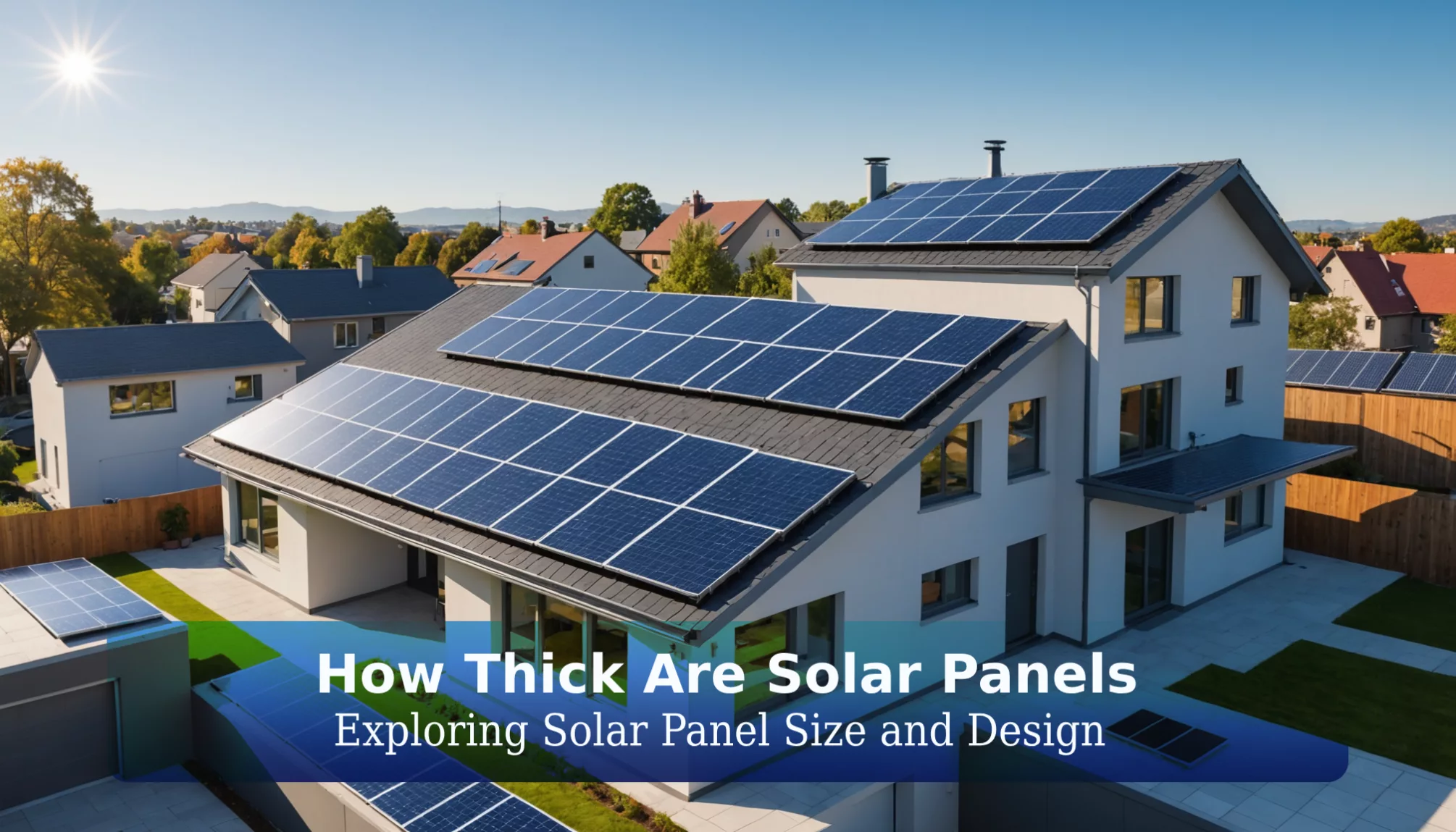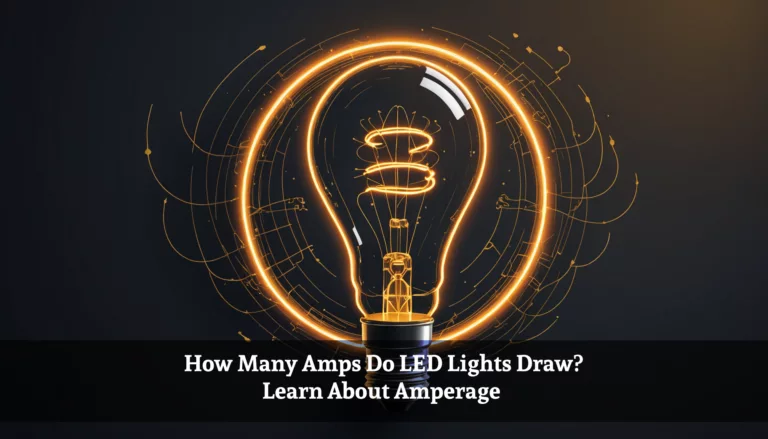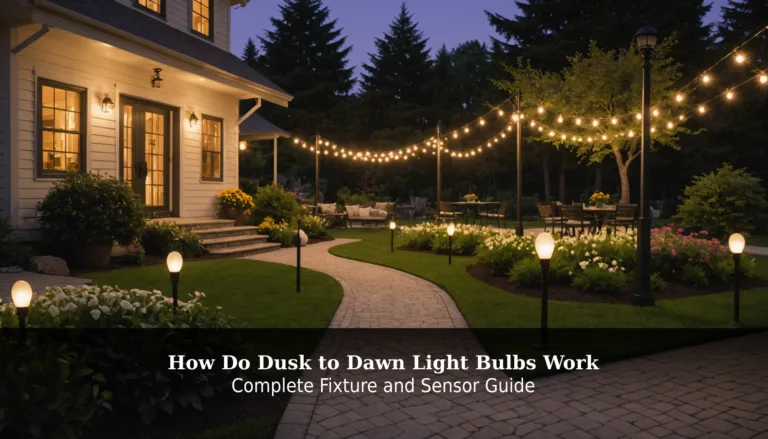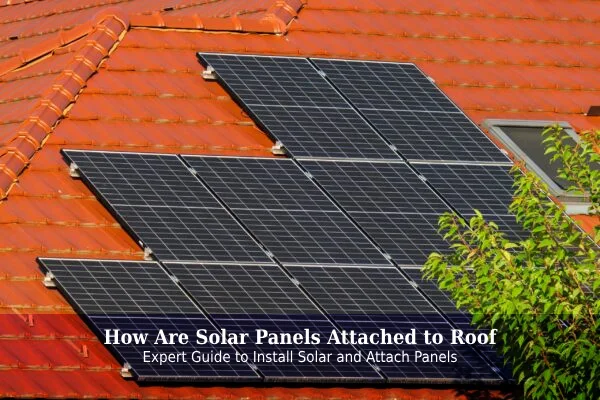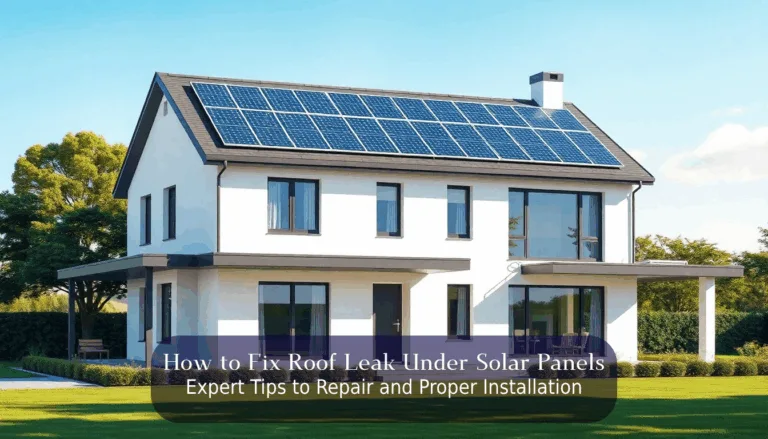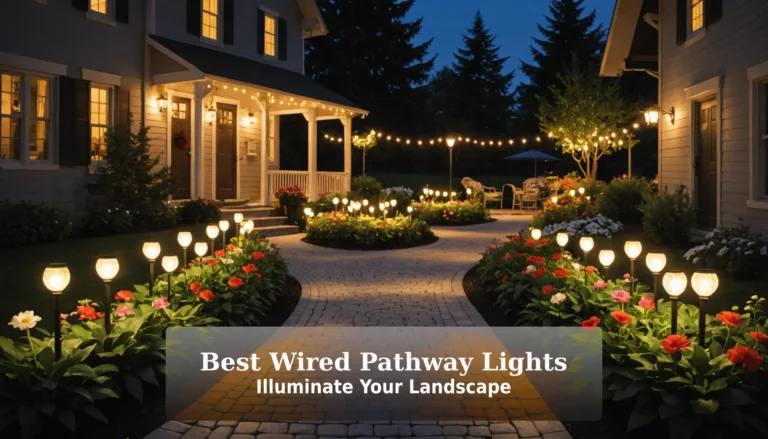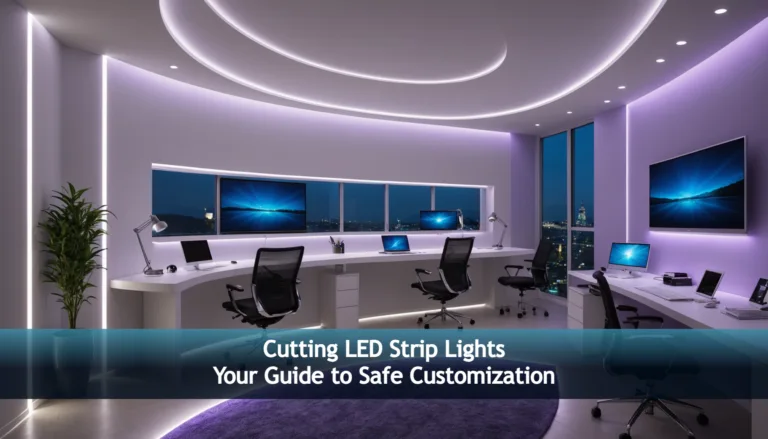How Thick Are Solar Panels: Exploring Solar Panel Size and Design
When it comes to harnessing the sun’s energy, one question often pops up: how thick are solar panels? Understanding their thickness is crucial because it affects not only how many you can fit on your roof but also how much energy they can produce. As our world shifts toward cleaner energy, knowing the dimensions and weight of solar panels can help you make smart choices for your home or school project.
If you don’t grasp these important details, you might end up with too few panels to meet your energy needs or struggle during installation. In this article, we’ll dive into the actual dimensions of solar panels, explore the factors that affect their size, and discuss how to choose the best solar panels for your specific requirements. Get ready to learn how to maximize your solar cell potential and make a positive impact on the environment!
How Thick Are Solar Panels and How Big Are They?
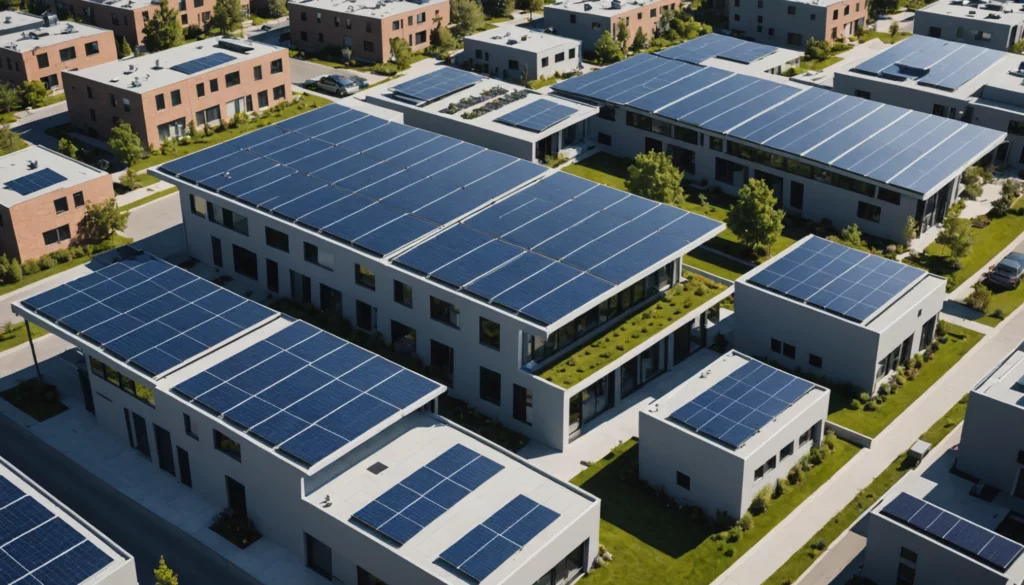
Measuring the Thickness and Dimensions of Solar Panels
Solar panels play a vital role in converting sunlight into electricity. They vary in size and thickness, which can impact their performance and suitability for different uses. Most traditional solar panels measure between 30mm and 40mm (1.18 to 1.57 inches) thick. This thickness is typical for models that use crystalline silicon cells.
New technologies have introduced thinner options. For example, ultra-thin solar cells can measure as little as 40 micrometers (0.04mm). However, these thinner panels are less common in residential settings due to lower efficiency. A notable example is the Sharp bifacial solar panel, which is about 30mm thick and features advanced technology for improved performance (Inspenet).
Factors Affecting the Thickness and Size of Solar Panels
Several factors influence how thick and large solar panels are. One key factor is the materials used in their construction. Panels made with crystalline silicon cells tend to be thicker compared to those using thin-film technology. Each material has unique structural needs and efficiency levels.
The intended use of the panels also matters. Residential solar panels differ from commercial or portable ones. Residential designs often focus on balancing efficiency and durability, which results in thicker panels. In contrast, portable panels prioritize lightweight and compact designs, leading to slimmer profiles.
Best Solar Panels: Balancing Size and Thickness
Choosing the right solar panel involves finding a balance between size and thickness. Thicker panels generally offer enhanced durability and can withstand tougher environmental conditions. For instance, Jinko Solar models incorporate a thick glass layer that boosts durability while maintaining high efficiency (Sunhub).
Thinner panels, on the other hand, may be lighter and easier to install, making them suitable for specific roof designs. When selecting solar panels, homeowners should consider their roof structure, local climate, and energy requirements. This approach ensures an efficient and effective solar energy system.
Understanding Solar Panel Size and Dimensions
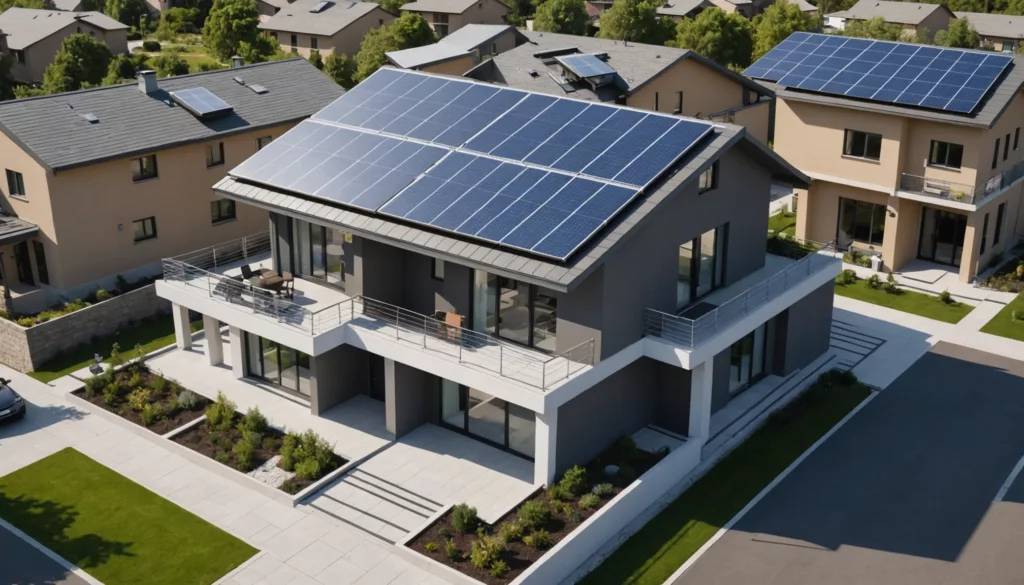
How Solar Panel Size Influences Installation
The size of solar panels is crucial for installation. Larger panels need stronger mounting systems for stability and safety. For example, a standard residential solar panel measures about 65 inches x 39 inches, while commercial panels are typically 77 inches x 39 inches. This size difference affects the required surface area for installation.
When installing solar panels, it is essential to assess the roof’s structural capabilities. Larger panels are heavier and may need additional support to prevent damage. Installers must also consider the roof’s angle and orientation to maximize sunlight exposure. Proper installation ensures that the panels effectively generate energy.
Comparing Residential and Commercial Solar Panel Sizes
Residential and commercial solar panels differ significantly in size and design. Residential panels are generally compact, measuring 65 inches x 39 inches, and designed for efficiency and space-saving. These panels typically generate between 250 to 350 watts of power.
In contrast, commercial panels are larger, measuring 77 inches x 39 inches, and are built for higher energy production. They can yield between 350 to 600 watts or more, depending on the technology used. This size distinction is important, as businesses often require more energy, necessitating larger panels to meet their demands.
| Panel Type | Dimensions (inches) | Power Output (watts) |
|---|---|---|
| Residential Panel | 65 x 39 | 250 – 350 |
| Commercial Panel | 77 x 39 | 350 – 600 |
Size of Solar Panels and Energy Output
The size of solar panels directly impacts their energy output. Larger panels usually have more solar cells, allowing them to capture more sunlight and generate more electricity. However, thickness also plays a role. Thicker panels can hold more solar cells, potentially increasing energy production.
For instance, traditional solar panels typically measure 30 mm to 50 mm in thickness. While thickness can enhance performance, the technology used in the panels is also crucial. Monocrystalline panels often provide higher efficiency rates than polycrystalline panels, regardless of size. Therefore, the choice of solar panel technology, along with size, significantly affects overall energy output.
Installation and Roof Considerations

Roof Support Requirements for Different Panel Sizes
Solar panels vary in size, and each type needs proper roof support. Standard solar panels are typically 30 to 40 millimeters thick. This thickness makes it essential to ensure the roof can handle the load. Larger panels, such as those measuring 2382 mm x 1134 mm (about 93.9 x 44.6 inches), weigh between 18 to 25 kg (roughly 40 to 55 lbs). Therefore, strong roof support is necessary to prevent damage or collapse.
Homeowners must confirm their roof’s load capacity before installing solar panels. The roof must support the total weight of the panels along with any additional equipment, such as mounting systems and inverters. If the roof isn’t strong enough, reinforcement may be needed to secure the installation safely. Proper planning here is crucial to avoid future structural issues.
For instance, a roof designed for lighter loads might only support a few panels. In contrast, a reinforced roof can accommodate a larger solar array, maximizing energy generation.
Weighing Solar Panels on Your Roof
Calculating the total weight load before installation is essential. For example, if each solar panel weighs 25 kg and there is space for 10 panels, the total weight will be 250 kg (about 550 lbs).
To calculate the total weight, use this simple formula:
- Total Weight = Number of Panels x Weight of Each Panel
Ensuring the roof can support this weight without compromising its integrity is vital. An engineering assessment may be necessary, especially in areas prone to heavy snowfall or high winds.
Planning carefully helps prevent costly repairs and ensures the solar energy system operates efficiently.
Roof Space: How Many Solar Panels You Need
Determining how many solar panels are needed for a roof depends on several factors, including panel size, efficiency, and the homeowner’s energy needs. Standard solar panels usually cover an area of 1.6 to 2 square meters and produce between 250 to 400 watts of power.
To find out how many panels are necessary, assess energy consumption first. For example, if a home uses 10,000 kWh annually and each panel generates about 300 kWh per year, the calculation is:
- Total Panels Needed = Annual Energy Needs / Energy Produced by Each Panel
- Total Panels Needed = 10,000 kWh / 300 kWh = Approximately 33 Panels
This calculation aids homeowners in understanding their energy requirements and planning their solar system effectively. Knowing how many panels can fit their roof space ensures efficient energy production and lowers utility bills.
Solar Panel Systems: Residential vs. Commercial
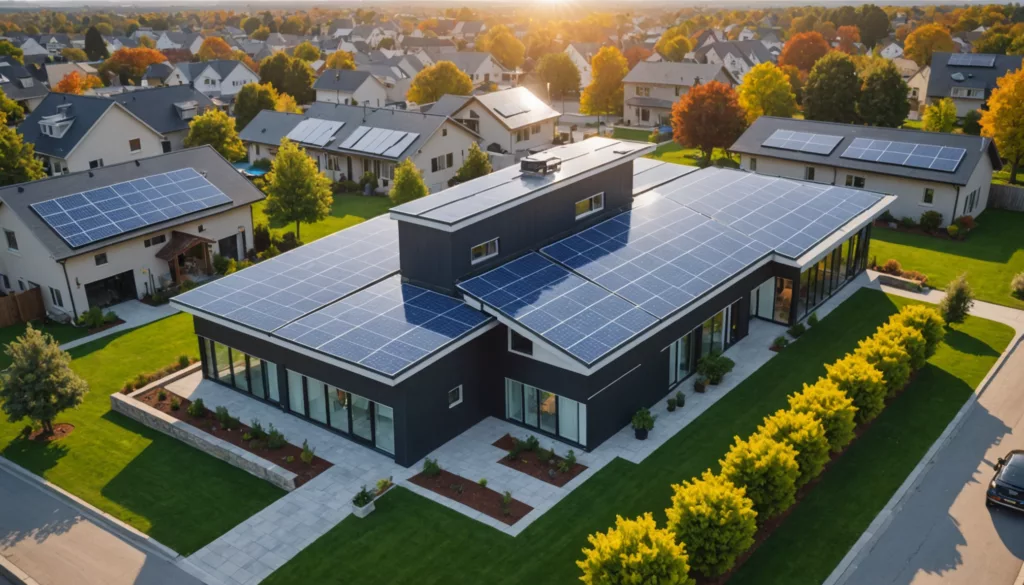
Choosing the Right Solar Panel System for Your Home
Selecting a solar panel system for a home involves several important factors. Homeowners should assess their energy needs, available roof space, and budget. Standard residential solar panels usually measure about 30mm and 40mm (1.18 to 1.57 inches) thick. The size and thickness of these panels can influence how many fit on a roof and how efficiently they generate energy.
Key Considerations:
- Energy Needs: Calculate annual electricity usage to determine the system size required. Larger systems capture more sunlight and generate more energy.
- Roof Space: Available roof area dictates the number of panels that can be installed. Thicker panels may need stronger support, affecting installation choices.
- Budget: Costs vary among different panel types, such as monocrystalline and polycrystalline. Choose panels that offer a good balance of efficiency and price.
Used for Commercial: Selecting Panels for Business Needs
Commercial solar panels differ from residential panels mainly in size and efficiency. Businesses typically require larger systems to meet higher energy demands. The thickness of commercial panels usually corresponds to their output capacity, often making them thicker and heavier than residential panels.
Factors to Consider in Commercial Solar Selection:
- Energy Production: Focus on panels with higher efficiency ratings, such as 72-cell or 96-cell panels, which produce more energy per square foot.
- Installation Space: The installation area may be larger for commercial systems, but the weight of thicker panels requires careful planning for roof support.
- Cost-Effectiveness: Evaluate the cost per watt and potential savings on utility bills over time. Investing in efficient panels now can lead to significant long-term savings.
Portable Solar Panels: Benefits and Applications
Portable solar panels are becoming popular for their versatility and convenience. These panels are lighter and often thinner, with some options measuring as little as 1.1 inches (2.8 cm) thick. They are ideal for various applications.
Benefits of Portable Solar Panels:
- Flexibility: Portable panels are suitable for camping, road trips, or outdoor events, providing reliable power wherever needed.
- Ease of Use: Many portable solar panels are lightweight and easy to set up, making them accessible for users of all skill levels.
- Adaptability: They can be used with batteries for energy storage, allowing users to save excess energy for later use.
Applications:
- Outdoor Activities: Ideal for campers and hikers who need to charge devices on the go.
- Remote Work Sites: Useful for construction or agricultural sites where access to traditional power sources is limited.
- Emergency Power: They can serve as backup power sources during outages or natural disasters.
Portable solar panels offer a practical solution for anyone seeking renewable energy options outside traditional installations. Soleos.
Future Trends and Developments in Solar Panel Thickness

Solar panels are evolving, with new designs and thicknesses leading to better energy production. These advancements help meet modern energy needs. Innovations in materials and efficiency, along with real-world examples, show how the solar industry is progressing.
Innovations in Solar Panel Design
Recent developments in solar technology have created ultra-thin solar cells. These cells are made from materials just a few micrometers thick. Companies like Sun Power lead the way in making solar cells that are lightweight and efficient. This innovation enables flexible solar panels, suitable for various uses, from residential rooftops to portable camping kits. The flexibility of these panels makes solar energy more accessible, allowing consumers to harness clean energy in different environments.
How Efficiency Impacts Panel Thickness
The thickness of solar panels significantly affects their efficiency. Thinner panels may struggle with energy output because they have less material to capture sunlight. However, new technologies have improved efficiency, even in thinner models. For example, modern solar panels use innovative materials that work well without needing excessive thickness. This means that thin-film panels can effectively capture sunlight, generating more energy than older versions.
Optimal Thickness for Maximizing Energy Output
Finding the best thickness for solar panels involves balancing efficiency, strength, and weight. Thicker panels often offer greater durability. However, ongoing research into advanced materials is showing that thinner designs can achieve high performance without sacrificing reliability. Current trends suggest that manufacturers may increasingly focus on creating thinner panels that maintain or even improve efficiency compared to their thicker counterparts.
Case Studies on Panel Thickness Efficiency
Case studies illustrate how different solar panel thicknesses perform in real-world situations. Traditional silicon panels are known for their reliability, but thinner, flexible panels also show strong performance across various conditions. For instance, some portable solar panels are around 2.8 cm thick, weighing significantly less than standard options while still providing substantial power output. These examples highlight that thinner solar panels can excel, making them ideal for applications where weight and flexibility are essential.
Conclusion
In this guide, we learned about the thickness and size of solar panels and how these factors can affect your energy production. We discovered that different types of panels, like 60-cell and 72-cell solar panels, are designed for various needs, making it important to choose the right fit for your home. We also discussed how the size of your roof can influence how many panels you can install.
Understanding these details is the first step toward making informed decisions about solar energy. As technology continues to evolve, keeping an eye on future trends can help you maximize your energy potential. Keep exploring the world of solar panels, and soon you’ll be able to harness the power of the sun for your very own home!
FAQs
1. What is the average thickness of solar panels?
The average thickness of solar panels usually ranges from 30mm and 40mm (1.18 to 1.57 inches). This thickness applies to standard residential and commercial solar panels. In contrast, thin-film solar panels are much thinner, typically measuring between 0.5 mm and 2 mm, depending on the technology used, such as cadmium telluride or amorphous silicon.
2. How do the dimensions of solar panels vary?
Solar panels come in various sizes. Standard panels typically measure about 65 inches by 39 inches (approximately 1.65 m x 1 m). However, portable and flexible solar panels can be as thin as 2.8 cm (1.1 inches). The dimensions can also differ based on technology; for example, thin-film panels are lighter and more flexible, making them suitable for diverse installations where traditional panels may not fit.
3. Are thinner solar panels less efficient?
Generally, thinner solar panels, like those made from thin-film technology, have lower efficiency rates than standard crystalline silicon panels. Thin-film panels typically have efficiency ratings ranging from 10% to 12%, whereas traditional panels can achieve efficiencies of 20% or more. Nevertheless, ongoing technological advancements are improving the efficiency of ultra-thin panels, allowing them to perform better despite their reduced thickness.
4. How should I choose the right solar panel size for my needs?
When selecting the right solar panel size, consider these important factors:
- Roof Space: Measure the available roof area to determine how many panels can fit.
- Energy Needs: Evaluate your household or business energy consumption to identify the required wattage.
- Panel Efficiency: Opt for higher-efficiency panels, as they may reduce the total number of units needed to meet energy demands.

